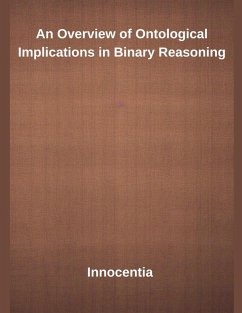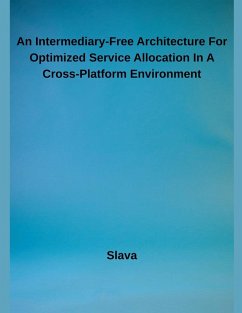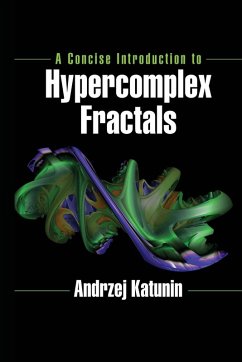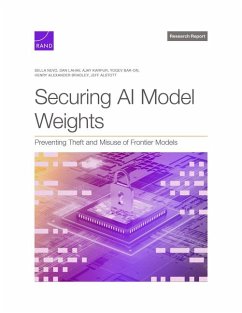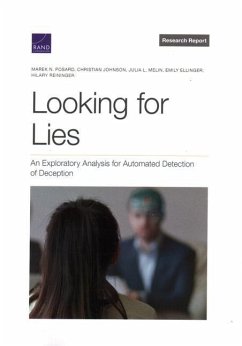
A Concise Overview of Functional Spaces in Modern Theory and Advanced Reasoning
Versandkostenfrei!
Versandfertig in 1-2 Wochen
25,99 €
inkl. MwSt.

PAYBACK Punkte
13 °P sammeln!
As we begin our exploration of Hilbert space, the reader is assumed to have some background in linear algebra and real analysis. Nonetheless, for the sake of clarity, we begin with a discussion of three notions that are fundamental to the field of functional analysis, namely metric spaces, normed linear spaces, and inner product spaces. Few definitions are as fundamental to analysis as that of the metric space. In essence, a metric space is simply a collection of objects (e.g. numbers, matrices, pineapple flavored Bon Bons covered with flax seeds) with an associated rule, or function, that det...
As we begin our exploration of Hilbert space, the reader is assumed to have some background in linear algebra and real analysis. Nonetheless, for the sake of clarity, we begin with a discussion of three notions that are fundamental to the field of functional analysis, namely metric spaces, normed linear spaces, and inner product spaces. Few definitions are as fundamental to analysis as that of the metric space. In essence, a metric space is simply a collection of objects (e.g. numbers, matrices, pineapple flavored Bon Bons covered with flax seeds) with an associated rule, or function, that determines "distance" between two objects in the space. Such a function is termed a metric. Perhaps the most intuitive example of a metric space is the real number line with the associated metric x ¿ y , for x, y ¿ R. In general, though, a metric need only satisfy four basic criteria. More formally: Deftnition (Metric Space). A metric space (X, d) is a set X together with an assigned metric function d : X × X ¿ R that has the following properties: Positive: d(x, y) ¿ 0 for all x, y, z ¿ X,





